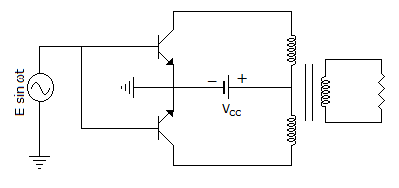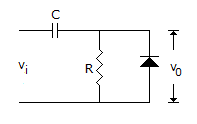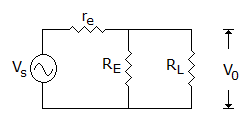ECE :: Analog Electronics
-
In figure the collector to emitter breakdown voltage of the transistor (βVCEO) should be

-
An amplifier signal is made up of just two frequencies 1000 Hz. The output signal consists of 500 Hz and 25000 Hz frequencies. This may be attributed to
-
If input ac is 10 Vrms, then maximum voltage that will appear across the diode of a half wave rectifier with a capacitor I/P filter will be
-
One of the major applications of JFET is in
-
A Hartley oscillator uses
-
Aperture circuit produces __________ in sample hold circuit.
-
A clipper
-
In a rectifier circuit the filter capacitance is increased. Then the ripple will
-
The circuit in figure is

|
A.
the total sampling time
|
|
B.
delay between the instance at which hold command is initiated and the instance at which O/P starts tracking I/P
|
|
C.
the time taken by O/P to settle within the specified 1% error band, that of the I/P
|
|
D.
time required by holding capacitor to reach upto the level close to input
|


 Whatsapp
Whatsapp
 Facebook
Facebook





